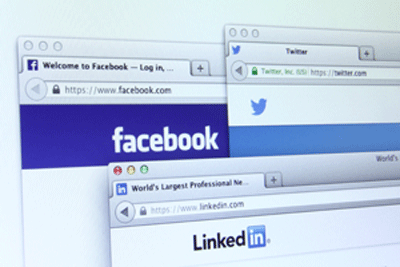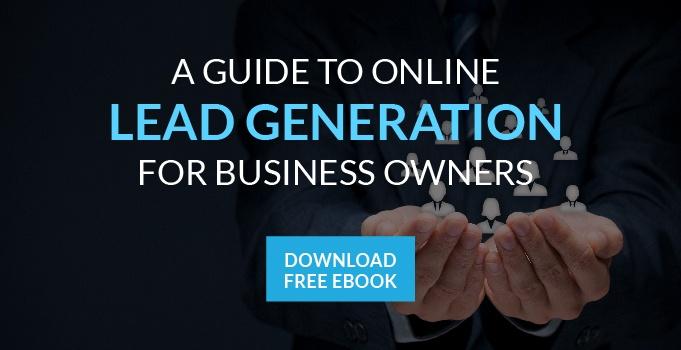 Social media is now a daily part of the lives of millions of people around the world. Facebook, Twitter, LinkedIn, Google+, Pinterest and Instagram collectively have billions of members; if you’re not using social media for marketing and lead generation, you could be leaving a lot of money on the table.
Social media is now a daily part of the lives of millions of people around the world. Facebook, Twitter, LinkedIn, Google+, Pinterest and Instagram collectively have billions of members; if you’re not using social media for marketing and lead generation, you could be leaving a lot of money on the table.
When it comes to generating leads, there are two social media sites you should focus a lot of your energy on: Facebook and LinkedIn. If your company is engaging in smart marketing practices, you should already have a presence on both sites. But in order to generate leads, you have to do more than post the occasional link or photo. So which is better for lead generation? We’ll discuss the pros and cons of each site.
Facebook is by far the most popular social media site on Earth, and it’s not even close: Facebook has 1.31 billion active monthly users, which is more than double the second-most popular social media site, Twitter. When it comes to reach and sheer number of eyeballs available, Facebook is king.
But the problem is, Facebook knows it. Since the company went public last year, the emphasis has become making money and leveraging its massive audience. Therefore, page owners now need to pay a fee to maximize the visibility of their posts. On average, only about 16 percent of the people who “Like” your page will see any given post – unless, of course, you pay.
The essence of Facebook is interactivity and connections, so engagement with posts on Facebook is good, and rising. From the period of December 2012 to December 2013, user engagement with brand postings on Facebook grew by 180 percent. So lead generation is very possible with Facebook, but it might cost you.
LinkedIn has always been primarily about giving your resume an online home, but it is quickly making gains as a social media player. It took 7 years for LinkedIn to reach 100 million members in 2011, but that number has tripled since: LinkedIn now boasts 313 million members.
Recognizing the need to generate revenue, LinkedIn is adopting a more sales-driven business model, encouraging businesses to use its site to generate leads. It has updated its Sales Navigator software to a subscription-based service, which will help businesses find potential clients by locating mutual connections.
But if you don’t want to pay for Sales Navigator, there are still other ways to generate leads on LinkedIn. Company pages allow you to post updates and links, just like on Facebook, but any user who has followed your page can see them – not just a small percentage. Additionally, LinkedIn allows you to target your updates to certain members based on things like geography, seniority, industry and company size.
LinkedIn also has “groups” that you can join, which can be about a company, an industry or even a region, among other things. By joining these groups, your company can expand its LinkedIn reach and find more potential clients to reach out to.
And due to the business professional nature of LinkedIn, it is the better choice when it comes to marketing directly to other businesses – the majority of executive-level professionals have a LinkedIn presence.
So which is better?
For lead generation, there are benefits for both Facebook and LinkedIn; and with both, you might have better luck if you invest a little money. Facebook has a broader reach to a more diverse section of society, while LinkedIn will give you a better chance of reaching out to professionals and other businesses. It all really comes down to the market you want to target and the type of clients you want to reach.
To read more on generating internet leads, check out our eBook "A Guide to Online Lead Generation for Business Owners".


Comments